The Open Digital Twin Standard for Autonomous Systems
A physics-based ontology for next-generation control and AI.
All Industries.
Manufacturing, Automation, and Analytics.
Quantum is the open digital twin standard for autonomous systems. The first description language for describing the meaning of “things”, Quantum enables new market solutions and solves existing challenges across industries including equipment manufacturing, automation, building control, system engineering, and software service development.
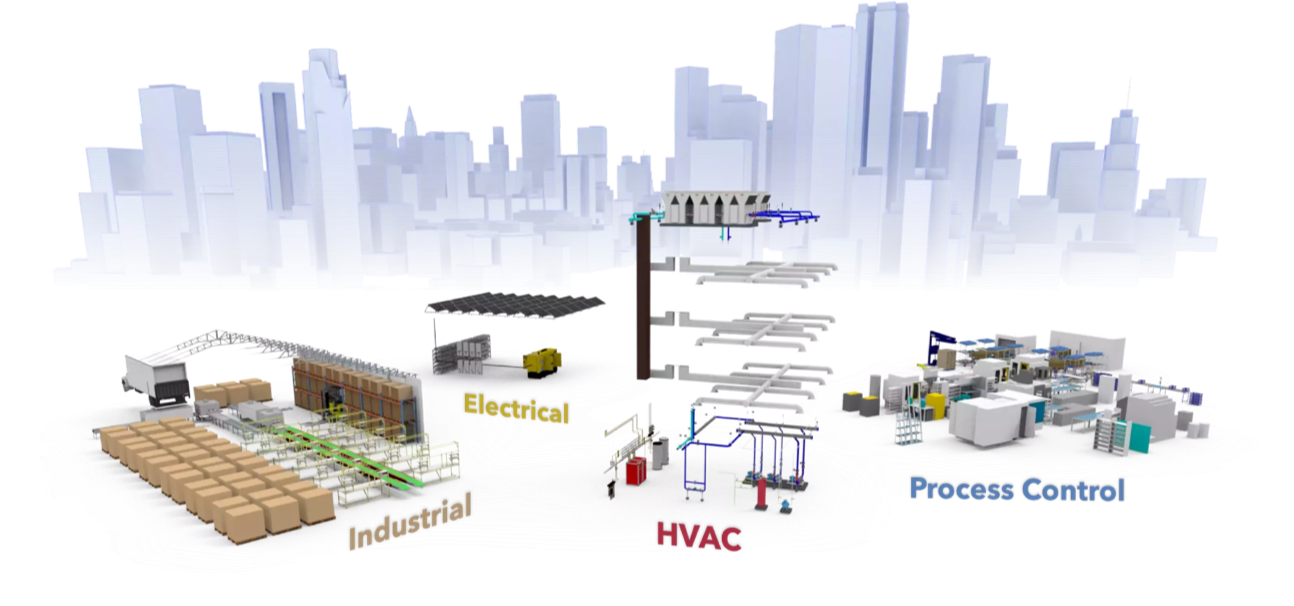
One Standard.
Documented Visually.
Quantum provides a single description language for building projects, from design to operation. Buildings are the container for the majority of the world’s non-vehicular infrastructure and evolving technology increasingly requires coordination of all systems via smart networks. Quantum provides a complete standard for defining portfolios, buildings, systems, equipment, components, media, materials, occupants, and environmental conditions — an interaction mechanism for smart cities.
Quantum provides one standard to design, build, operate, maintain, and manage.

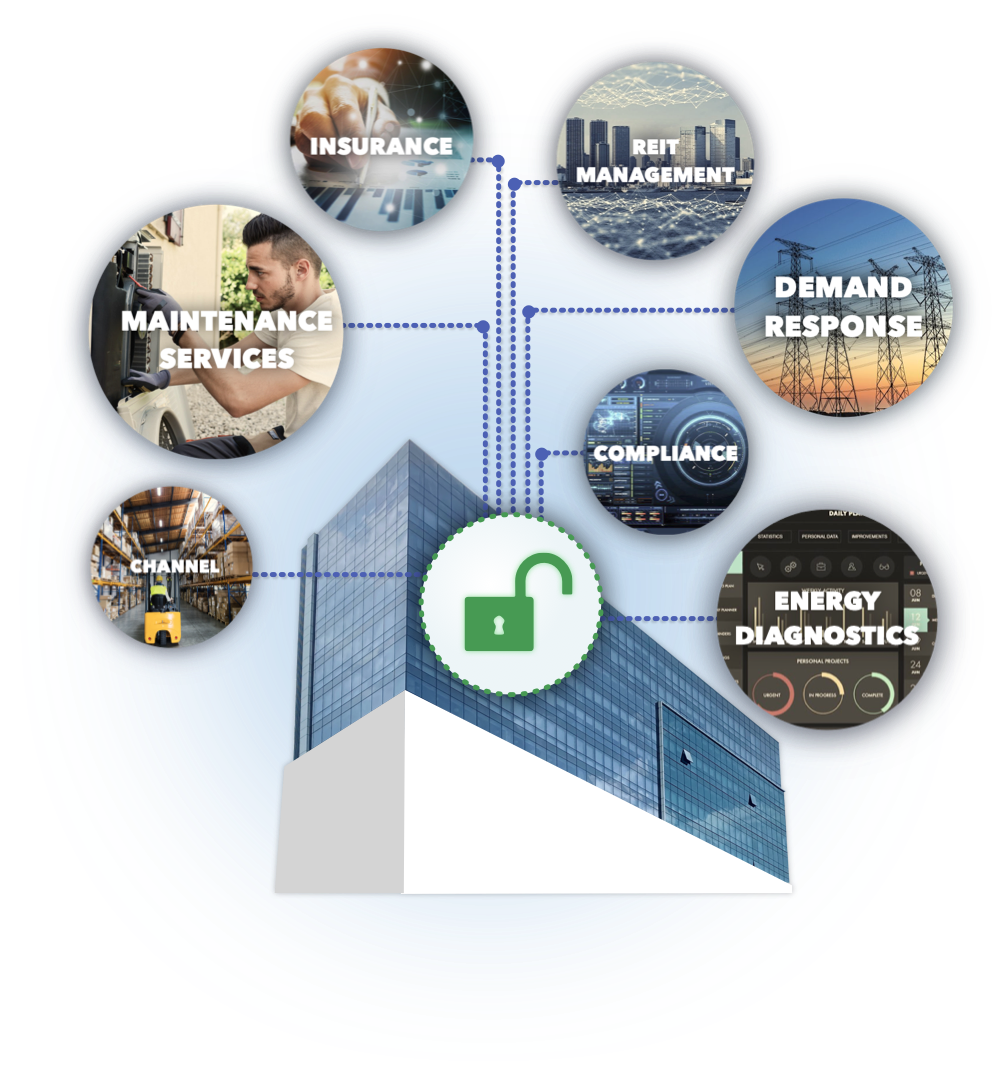
The First API for Buildings.
Building Services Unlocked.
Quantum is the first high-level API for buildings. The Quantum standard defines both a graph-based ontology and a developer-friendly API. Built on top of GraphQL, the Quantum API enables developers to design automation solutions and services grounded in a building’s real physics, without having to become an ontology expert.
Quantum Alliance.
Transforming the Building Industry.
The Quantum Alliance is a growing consortium of organizations that are playing a leading role in advancing digital twin technologies and making them accessible to everyone.
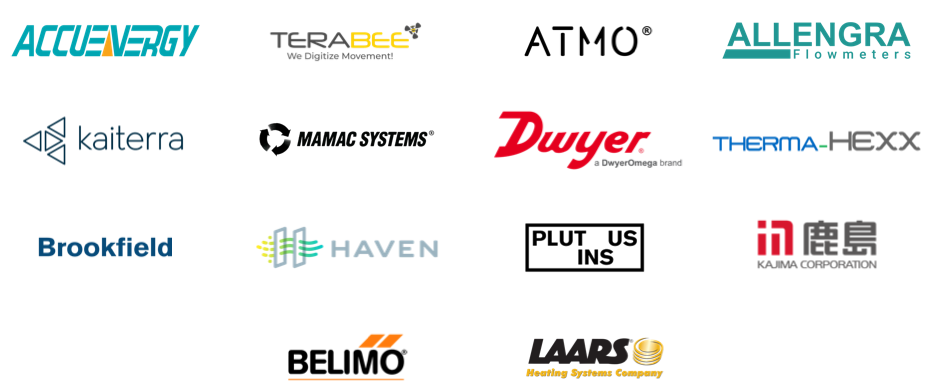
By providing a collaborative forum and developing standards, the Alliance is making it easier and more affordable for building owners and operators to adopt digital twin technologies.
Real Physics. Real Digital Twins.
A true ontology. Not just another semantic tagging standard.
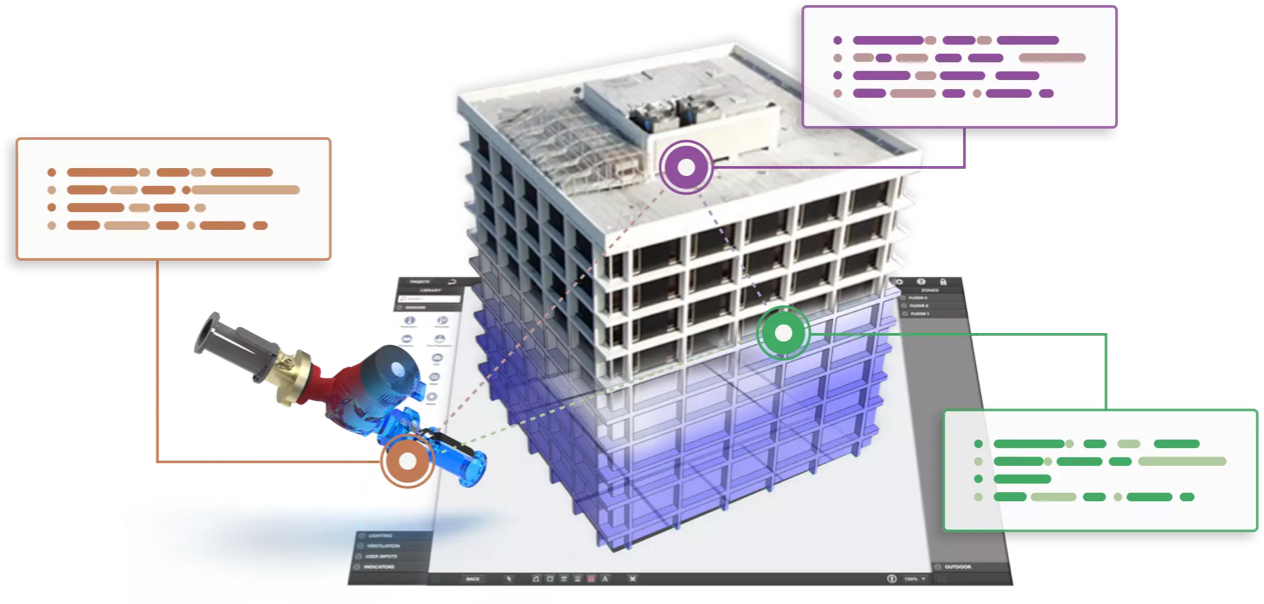
Quantum defines the existential purpose of all things it describes — using the universal language of physics. Quantum is a true digital twin: a complete description of an object’s underlying physics and how it interacts with its environment.
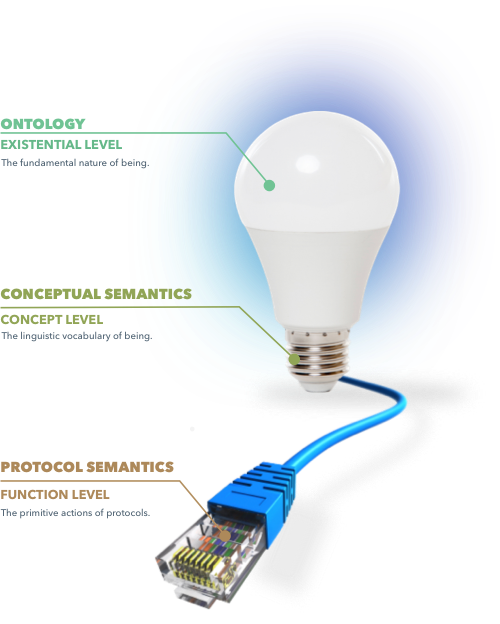
Describes “What”, “Why”, and “How”.
Not Just Tagging.
Quantum defines the purpose and meaning of objects in a system. It turns systems theory into reality, and contextualizes everyday objects to answer the questions: “Who am I?”, “What do I do?”, and “How do I do it?”. Defining object existentialism is a critical building block for full autonomy and unlocks the latent insights in controlled systems.
Technological Existentialism.
Start With the Way Things Work.
Quantum captures the reality of physics applied to every aspect of systems and buildings, and the way they operate. Where other standards apply labels that define names and properties, Quantum describes what things fundamentally are and how they work.

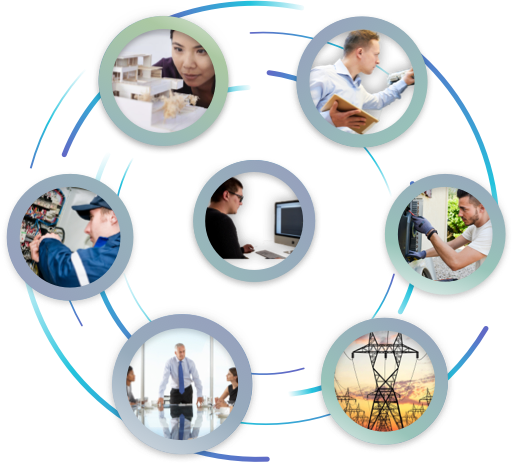
Systems Theory.
All Stakeholders Coordinated.
Finally, a single digital workflow for buildings. Physics is the common meta-language across domains. With Quantum, you can define intent at the architectural stage, coordinate with engineering, encode design guarantees that are managed through a digital worksite, and perform commissioning, operation, and management.
The Meta Language of IoT.
Physics is Fundamental.
Quantum provides a universal framework for defining IoT, sensors, equipment, assemblies, and controllable devices — and the relationships between them. With a marketplace exploding with new IoT devices across a variety of industries, protocols, and standards, it can feel like an impossible task to get everything to communicate and coordinate together. Quantum’s physics-based digital twin bridge the integration gap, translating between islands of IoT, and providing a framework for weaving together the data landscape into structured insights.
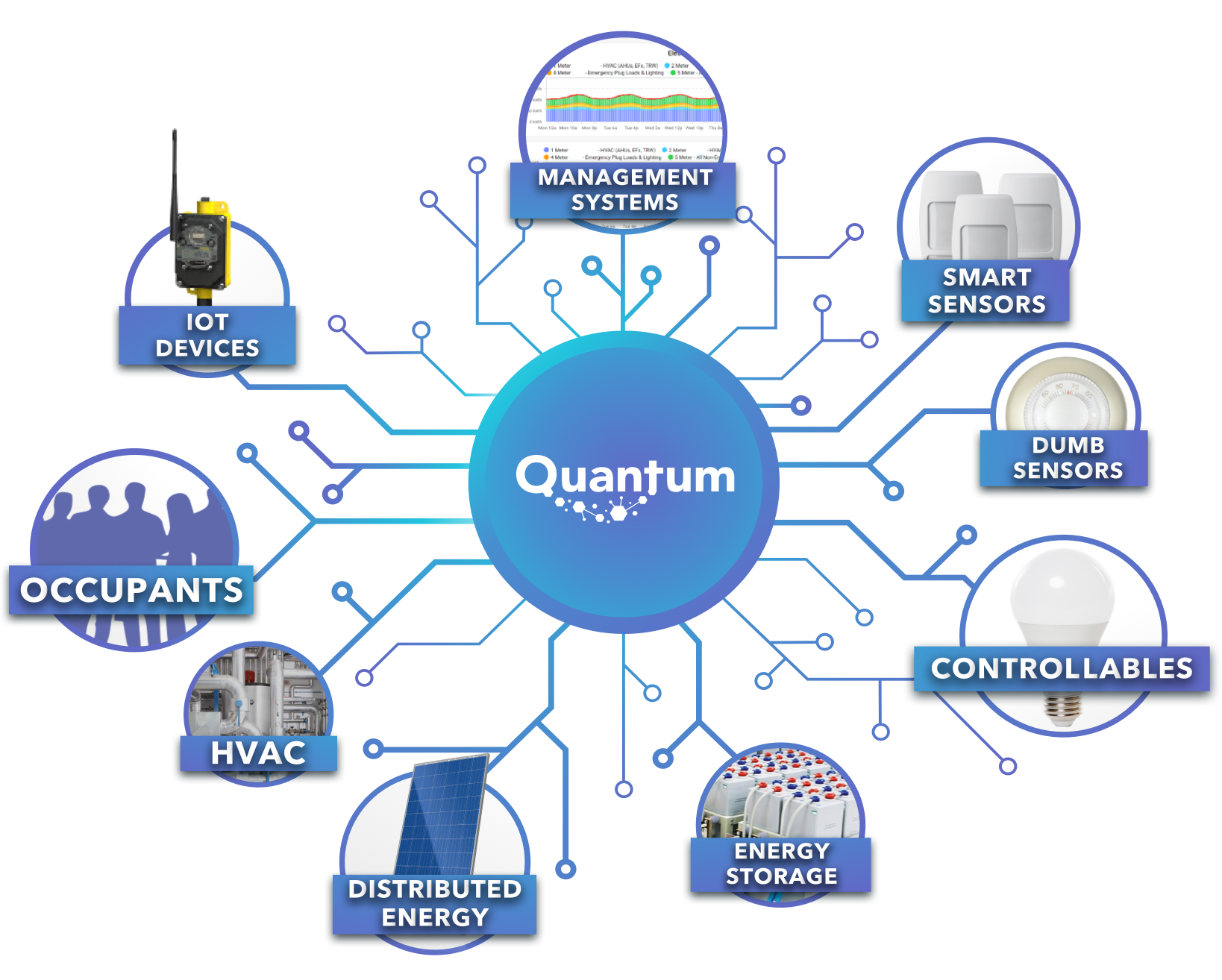
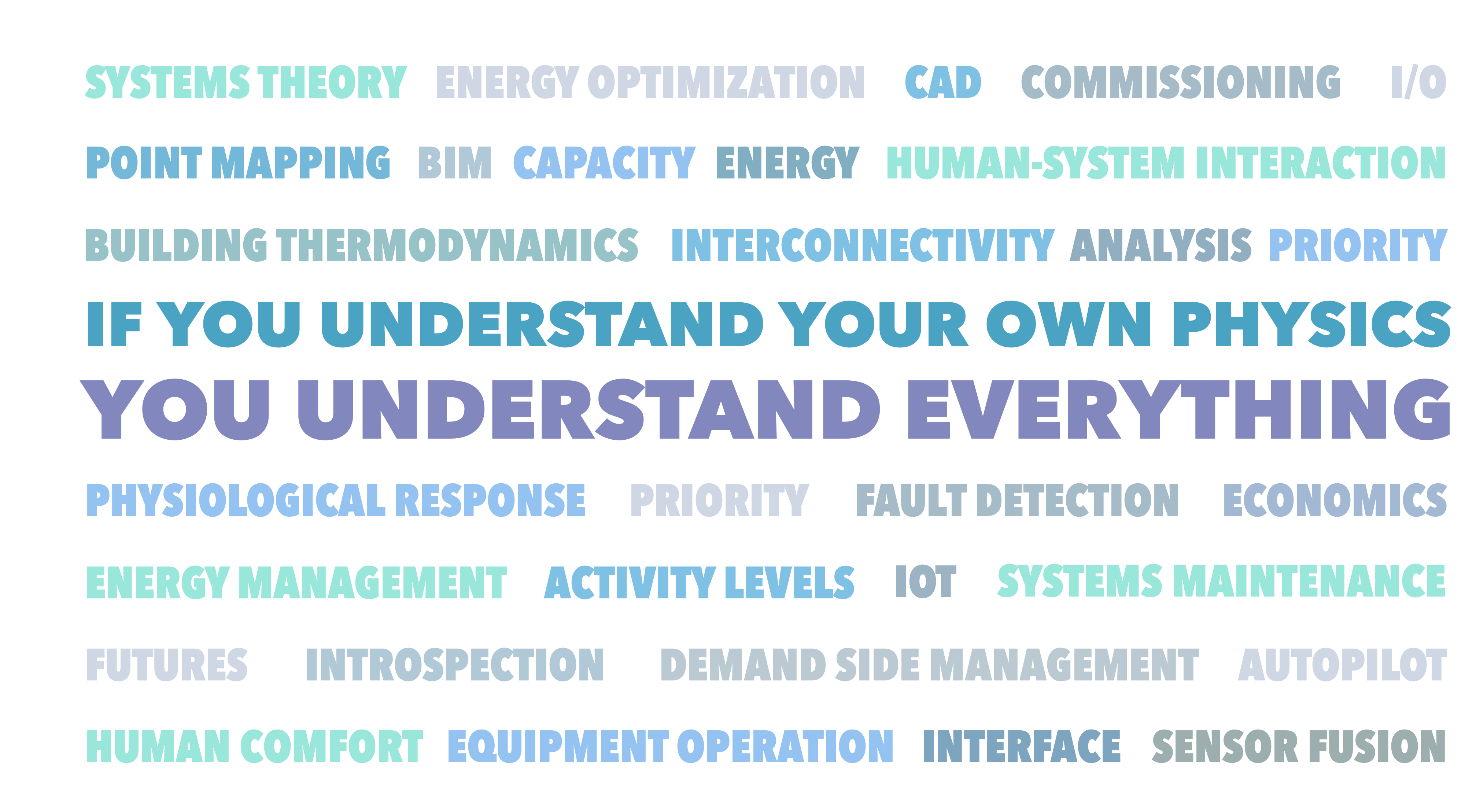
Autonomous Systems.
Now Have a Universal Language.
Today, buildings stand as the single largest robotics challenge in the world. The average building exceeds the system complexity of anything else humans have made by orders of magnitude. Buildings and industrial systems are responsible for 68% of the world’s energy consumption and 40% of that energy is wasted due to bad system control—that’s the equivalent to nearly 4 gigatonnes of CO2 per year.
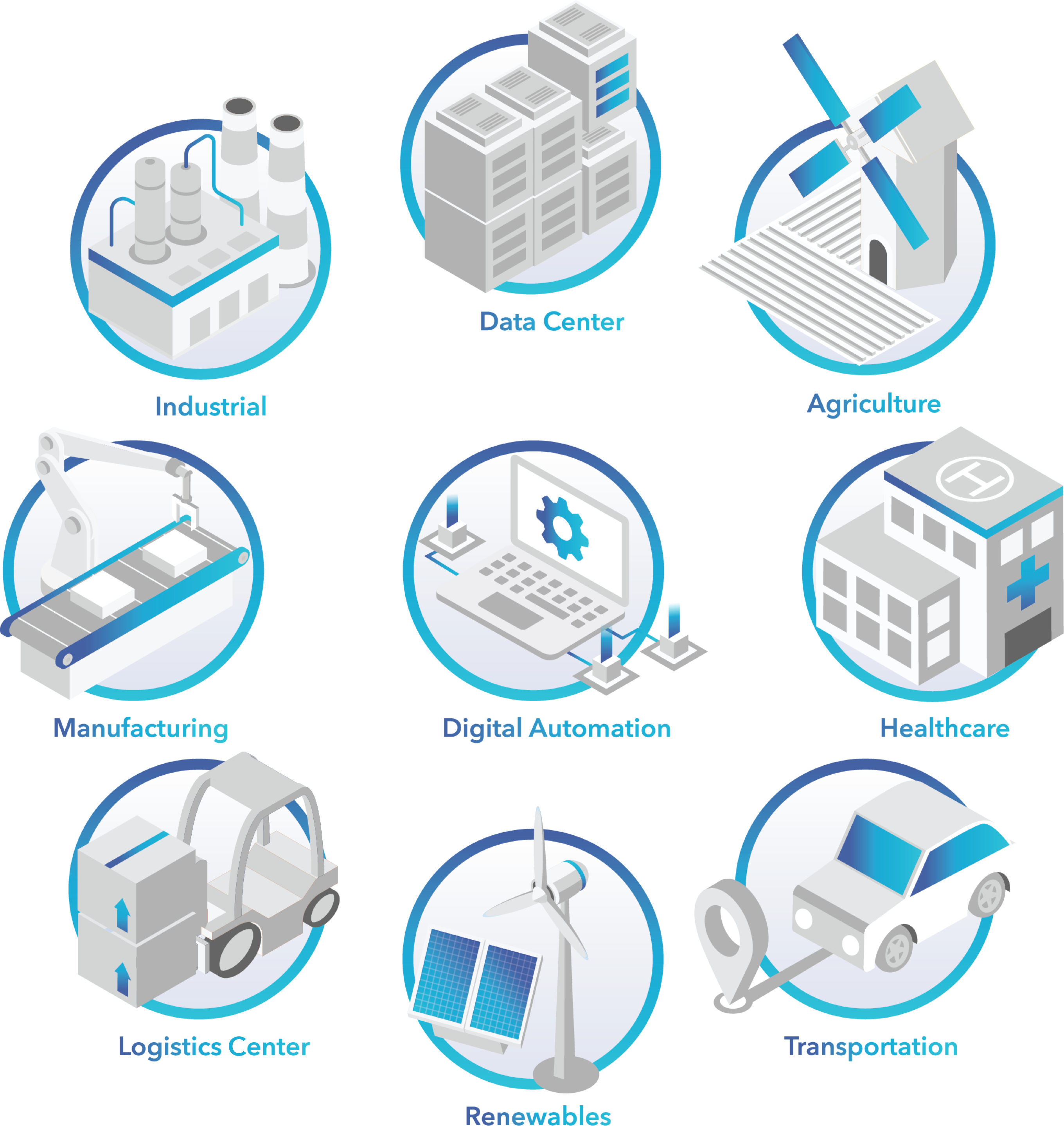
Through Quantum, technology development in the built environment finally has a universal language and real definitions so we can set a clear path toward smart cities. Quantum enables a new ecosystem of grid-interactive and peer-to-peer energy network applications — allowing buildings to buy, sell, and trade energy and carbon in real-time with digital tokens of proof.

Autonomous Buildings.
Truly Intelligent.
Today’s “smart buildings” are just “connected.” If we as an industry want wide-scale adoption of truly intelligent, autonomous buildings that are solving longstanding market problems, then we need to provide clarity for what “smart” means when communicating with our customers and the public.
This is only possible by establishing a new technology foundation based on deep digital twins — a composable system model that fully describes the physics of the elements in a controlled system.
Fully Autonomous Buildings.
The Future of Control.
Full autonomy is the inevitable market endpoint for controlled systems. Quantum enables this endpoint by providing the required building blocks to describe systems that can intuit their own control and operation. Unlike the past which has been defined by reactive control, the future will be defined by Quantum.
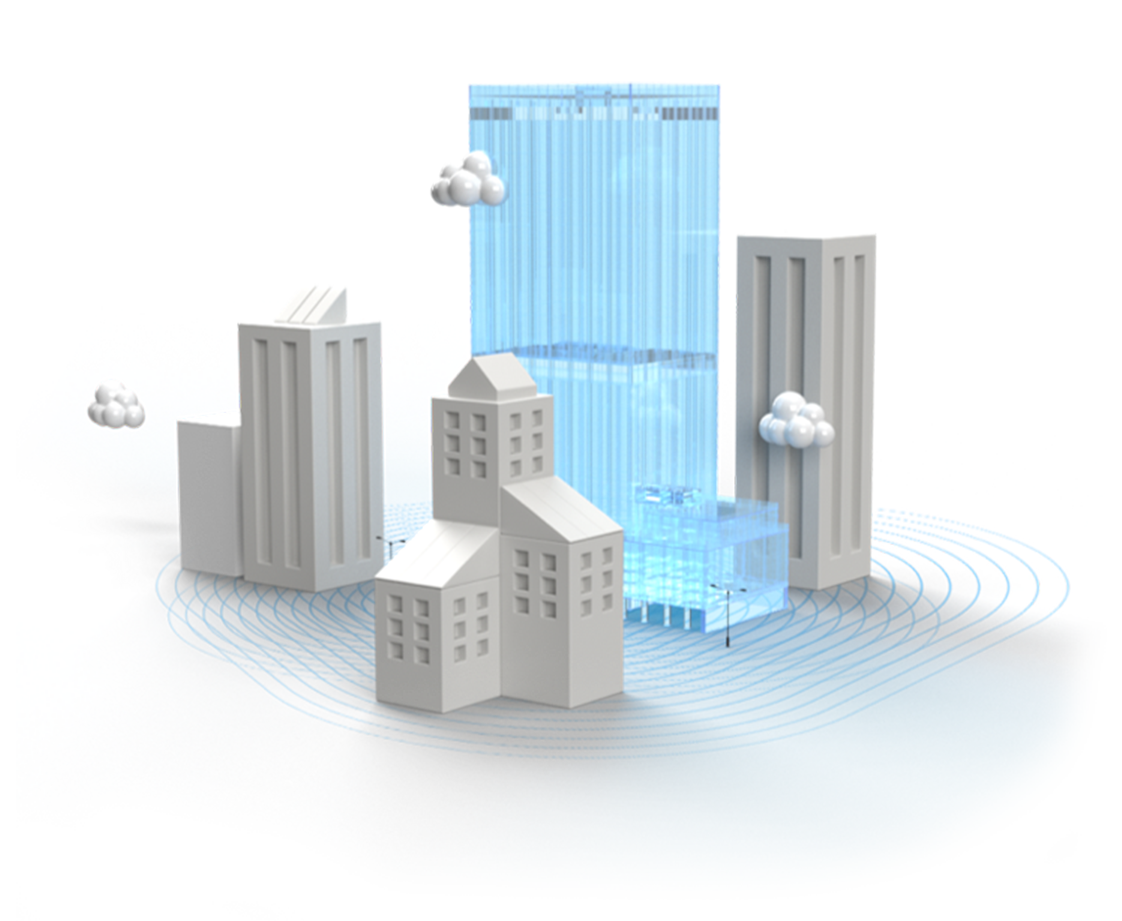
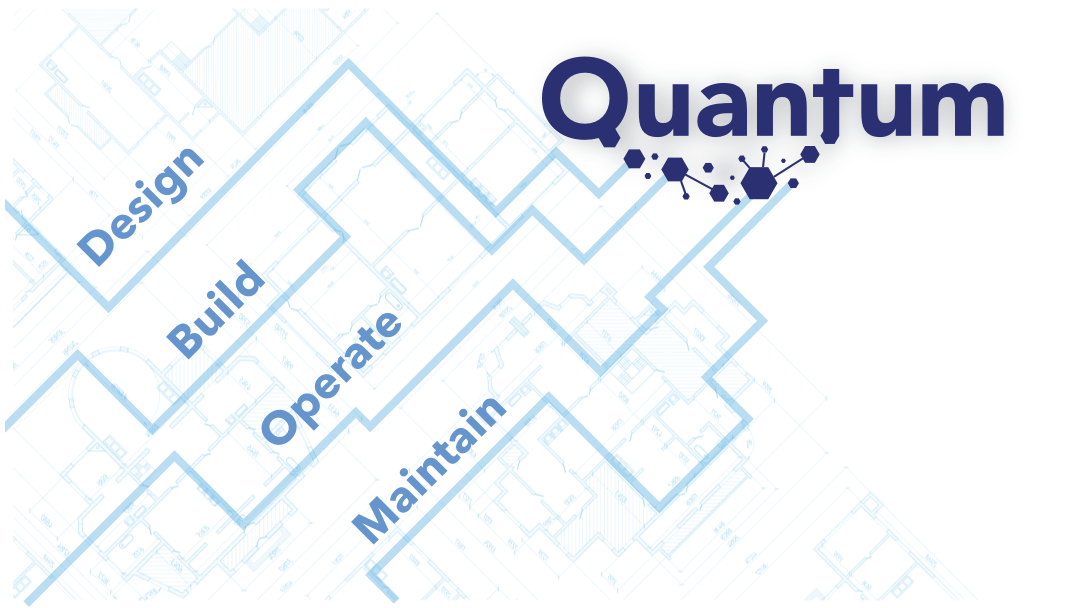
Architecture to Automation.
One Digital Twin Format.
Integration challenges aren’t just a problem between building objects — they exist continuously throughout every phase of the building lifecycle. Today, each stakeholder lives in a data silo — with separate tools and standards. Quantum enables a single digital workflow — a source of truth to verify design intent in every stage.
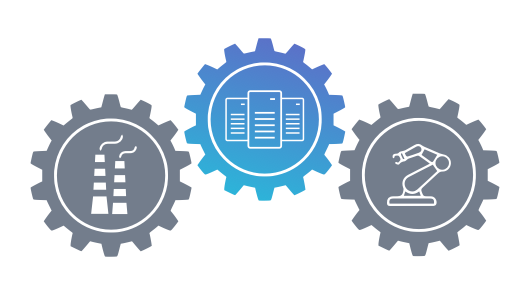
Industrial Grade AI.
All Processes, One Data Structure.
Quantum provides a robust ontology for industrial grade AI based on an irrevocable ground truth: physics. Built around these constructs, define any AI problem by its physical behaviors and the media of its interconnections.
Quantum’s fully typed definition language enables runtime composition, graph validation, and strong guarantees. Gone are the days of python scripts, baling wire, and duct tape.
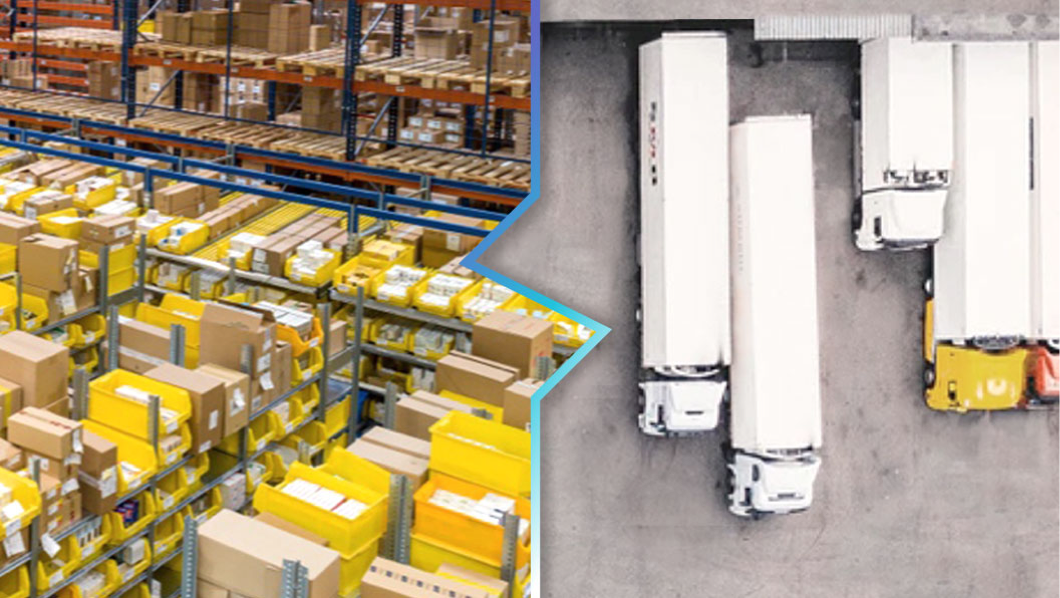
Integrate Logistics & Operations.
Track Critical Asset Flows.
Quantum isn’t just about buildings, it describes the business logic of the systems, assets, and people in and around buildings. Track items and assets as they flow through a facility, interact with systems and occupants, and move between organizations and campuses.
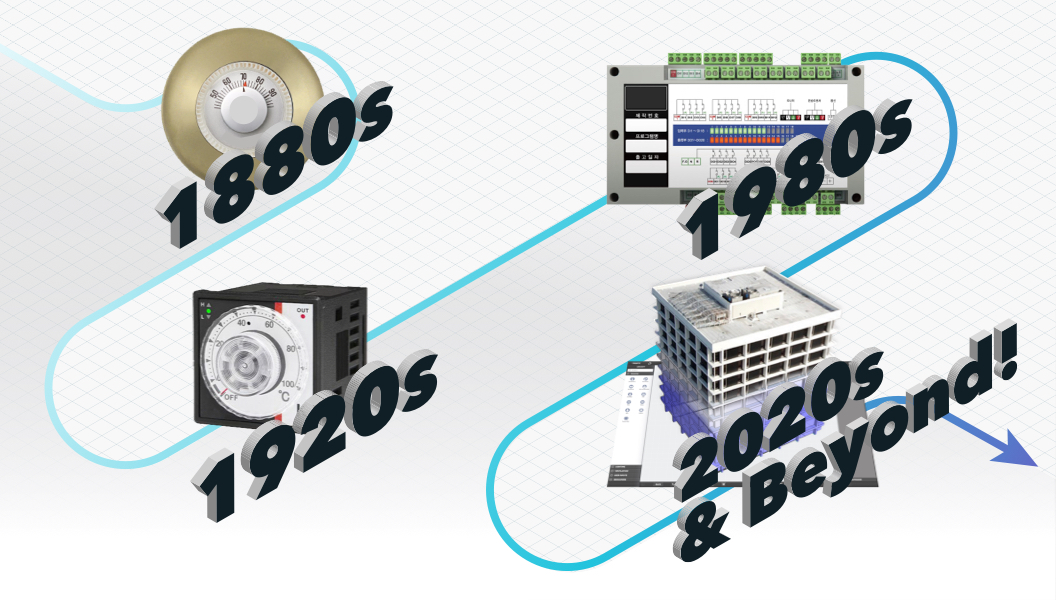
The Next Generation of Buildings.
Full Autonomy, True Intelligence.
Quantum is built for next generation control technologies that go well beyond level 0 autonomy solutions. Examples include AI-augmented control, model predictive control (MPC), digital twin based control (DTC), and autonomous systems theory.